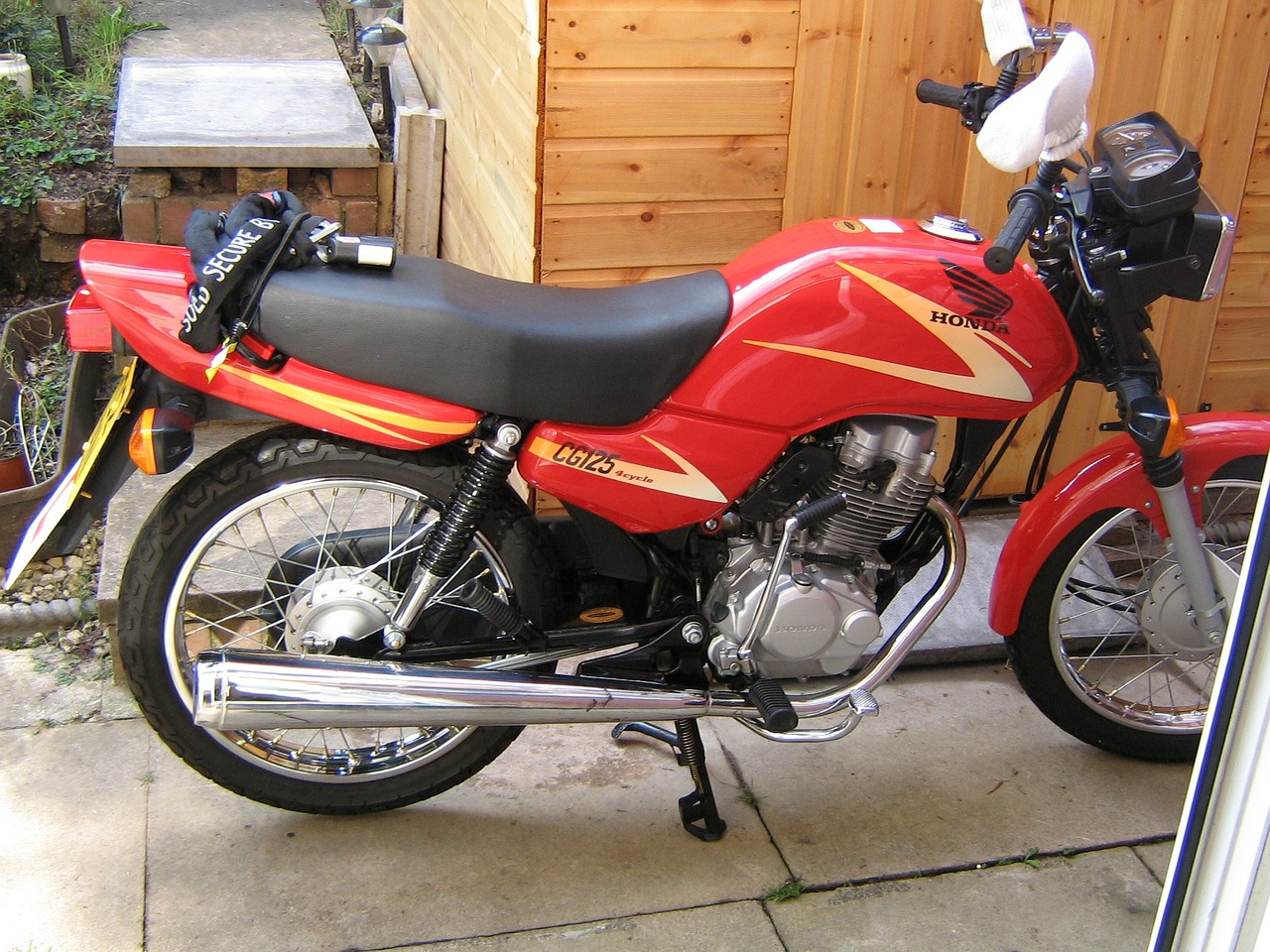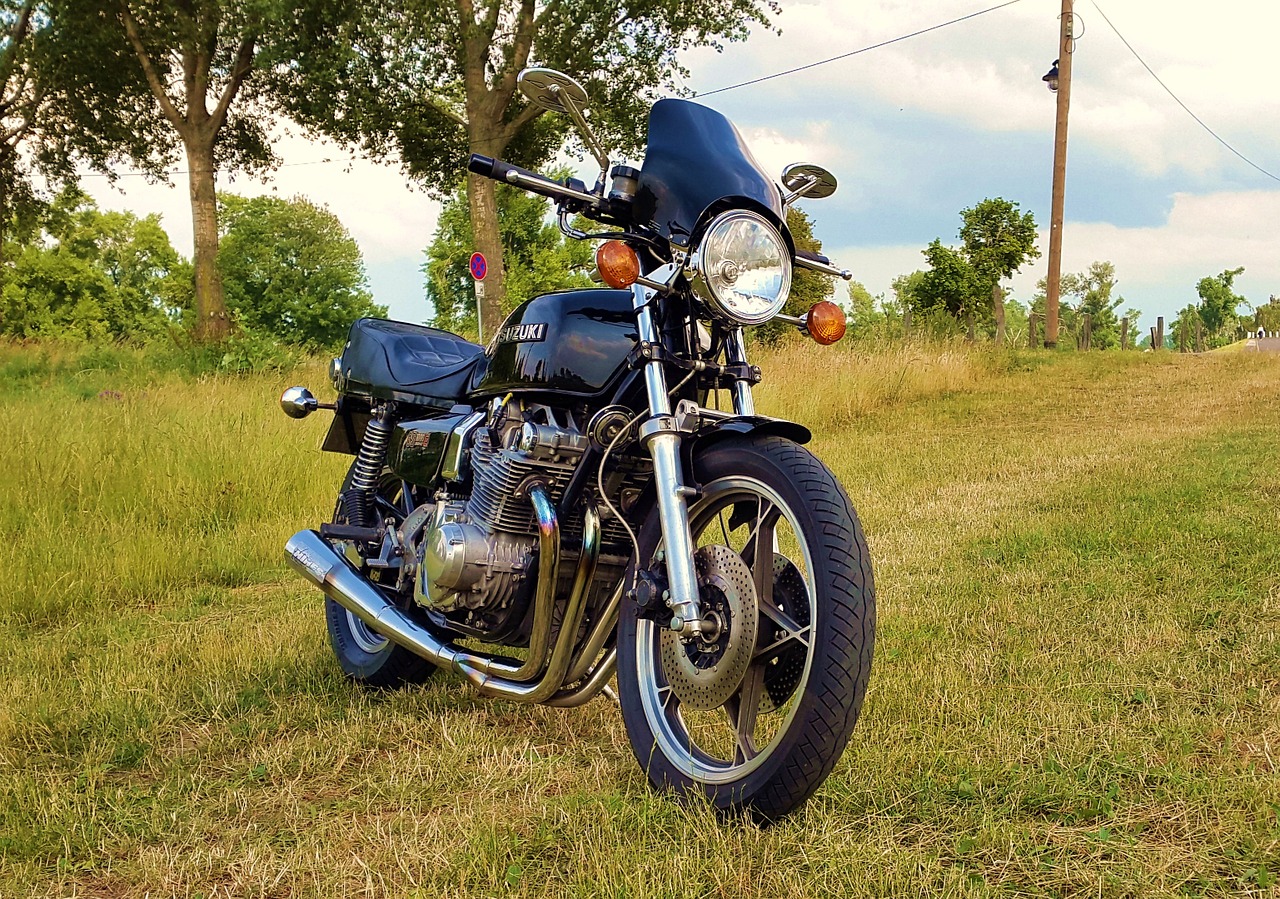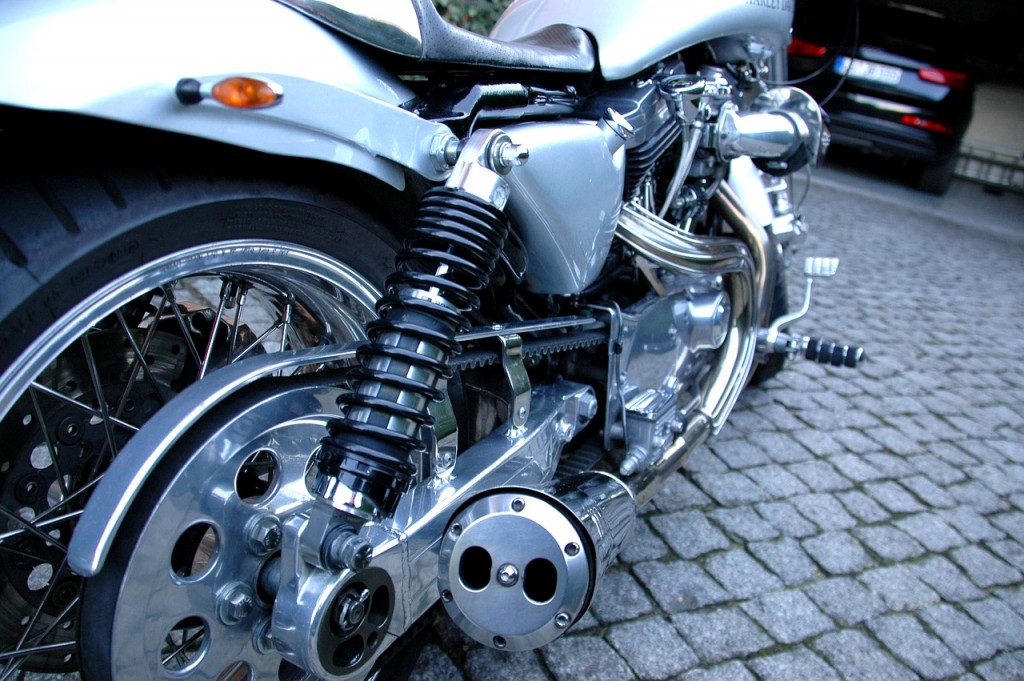Prepping a motorcycle for winter or long-term storage is a task every enthusiast should become familiar with. Owners of vintage carbureted bikes are probably already aware of the importance of protective storage, but owing to the appliance-like reliability of most new bikes, it’s all too easy to get comfortably complacent. Usually, all it takes to convince bike owners is recalling a memory of eagerly anticipating the first spring ride, only to experience crushing disappointment and frustration when your bike fails to start.
 Motorcycle Storage Tips
Motorcycle Storage Tips
Properly attending to your bike’s storage needs will take some time and consideration, but the payoff is well worth the effort. Here are some of the major areas that will need attention:
1. Fuel System Protection
If gas old gas is left for months to stagnate, the results can be gummed-up filters, lines, and injectors/carbs. This unhappy situation just gets worse if you made the common mistake of using gasoline with 10% or greater ethanol additive. This alcohol tends to absorb water and creates all sorts of corrosion possibilities from the tank on down. Additionally, ethanol will wreak havoc on any older bike without protective seals, and can even corrode the metal fuel-system parts on newer bikes!
Since carbureted motorcycles vent to the atmosphere, most of the fuel left in them for months will eventually evaporate, but as a consequence will leave a sticky film on all the jets and airways. The most effective way to deal with this is to run a fuel stabilizer treatment into the carbs, let it set for a few hours, and then thoroughly drain them.
Speaking of fuel stabilizer, it’s a good idea to fill your tank with 90+ octane, non-ethanol gasoline with the proper amount of stabilizer added, and then go for a last ride to get this mixture circulated through the fuel system before parking your bike in storage.
2. Keep Your Battery Alive
One of the most common causes of spring starting issues is a weak or dead battery. For standard lead-acid types, the fluid level in each battery cell should be checked and topped up if needed before any charger is applied. Gel-type batteries can be a little trickier, and aside from keeping a constant trickle charge on them, be aware they can die suddenly and completely. It pays to make careful note of the expiration date set by the manufacturer, and don’t try to push your luck, or you could get unexpectedly stranded in the middle of nowhere!
3. Mind Your Tires
Try to keep your bike’s tires either fully suspended off the floor, or at least rotated from time to time. All tires will lose air over time, and flats spots can develop after months of staying in one place. Your best option is to put the bike up on its center stand (if so equipped) and periodically rotate whichever wheel is still in contact with the floor. If your bike doesn’t have a center stand, slightly over-inflating the tires and rolling it to different spots in your storage facility will help prevent warping.
4. Watch for Critters
Mice and other small animals can be kept at bay by plugging and covering any holes and openings on your motorcycle that present tempting nesting opportunities. This is very important if your bike is stored someplace for months on end where you can’t regularly inspect it. Pay particular attention to any open exhaust pipes, side cover vents, and under tank areas that would encourage these wire-chewing critters.
5. Do a Final Check
Before finally covering your motorcycle for its long winter nap, be sure to thoroughly clean, dry, and coat all metal and plastic parts with wax or some corrosion inhibitor. Also, change any fluids such as oil, brake, clutch, or coolant that hasn’t been done recently, so everything is fresh and non-corrosive in the spring. If your bike has chain drive, make sure to use a grease-dissolving cleaner first, before applying the final penetrating coat of lubricant.

Once you’ve attended to all the necessary details of putting your motorcycle in hibernation mode, there should be no doubt your faithful stead will be ready for the thrill of spring’s first sweet ride!

